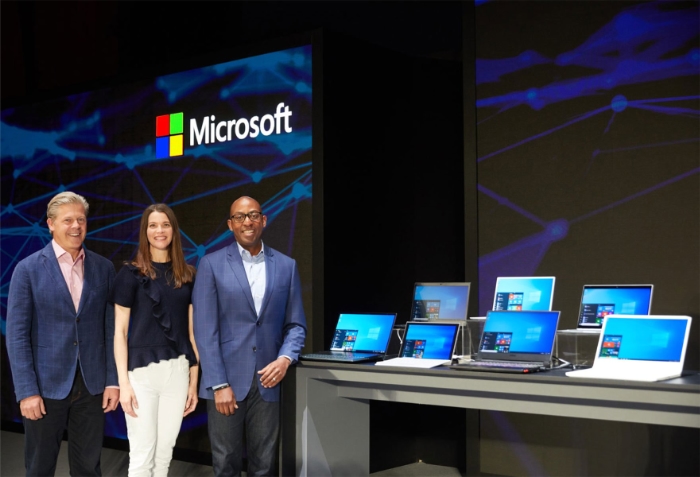Microsoft Brings Variable Refresh Rate Support To DX11 Games In Windows 10

If you need to be brought up to speed, VRR technology is currently in use by both AMD and NVIDIA graphics cards to sync the FPS of the game you're currently playing to the refresh rate of your display. In practice, it's supposed to result in a smoother gameplay experience and fewer dropped frames. NVIDIA calls its technology G-SYNC, while AMD's alternative is called FreeSync/FreeSync 2.

Microsoft's new VRR setting in Windows 10 does nothing to override your exiting driver-based controls for G-SYNC or FreeSync. Instead, Microsoft has enabled the setting to bring VRR controls to older DirectX 11 games that didn't natively support the feature.
The software giant also explains that the following three prerequisites must be in place in order to the VRR toggle switch to appear:
- Windows Version 1903 or later
- A G-SYNC or Adaptive-Sync capable monitor
- A GPU with WDDM 2.6 or above drivers, that supports G-SYNC / Adaptive-Sync and this new OS feature
In order to prevent users from encountering any unexplained graphical issues in these older DX11 games, Microsoft has disabled this feature by default.

